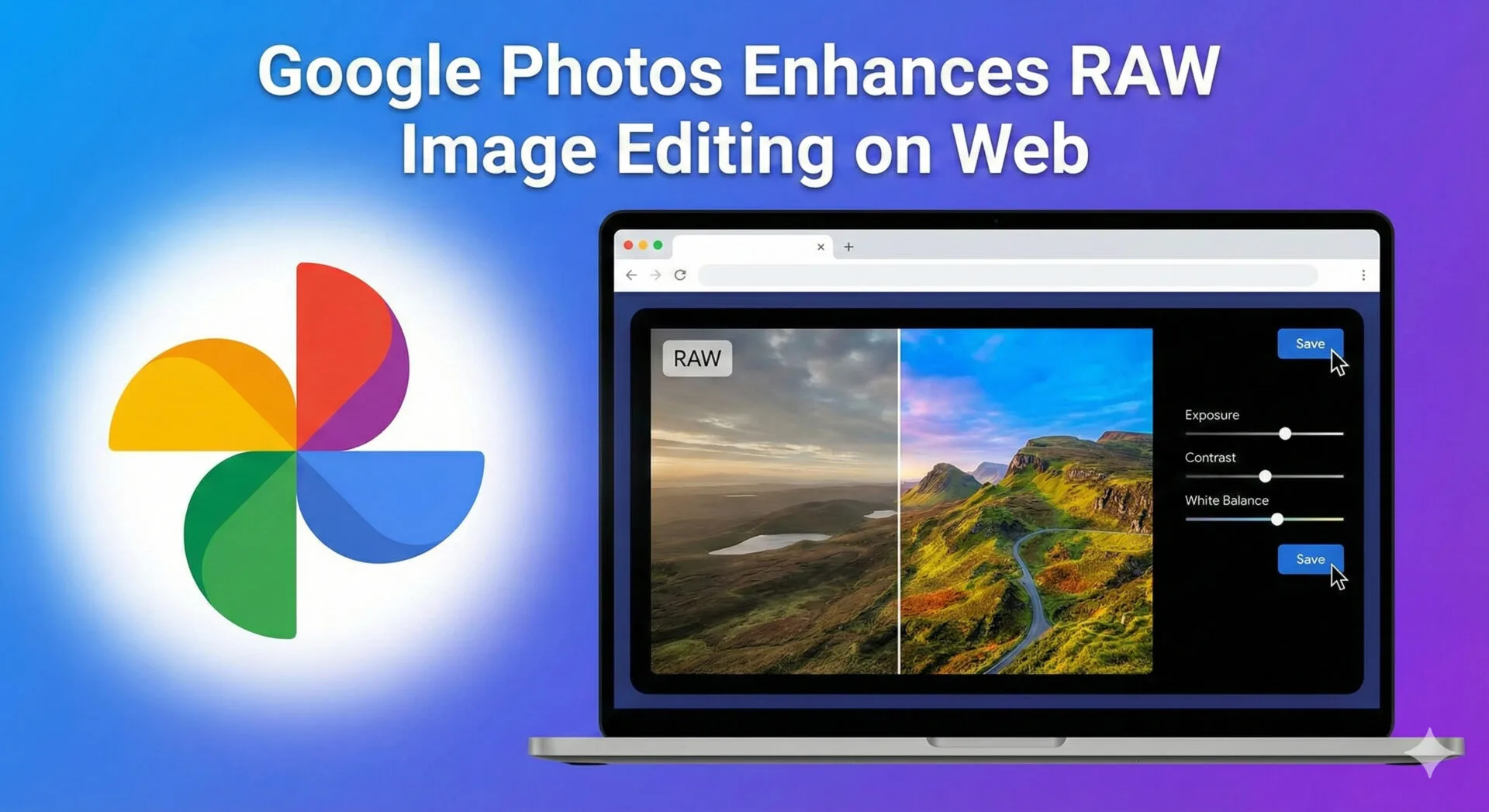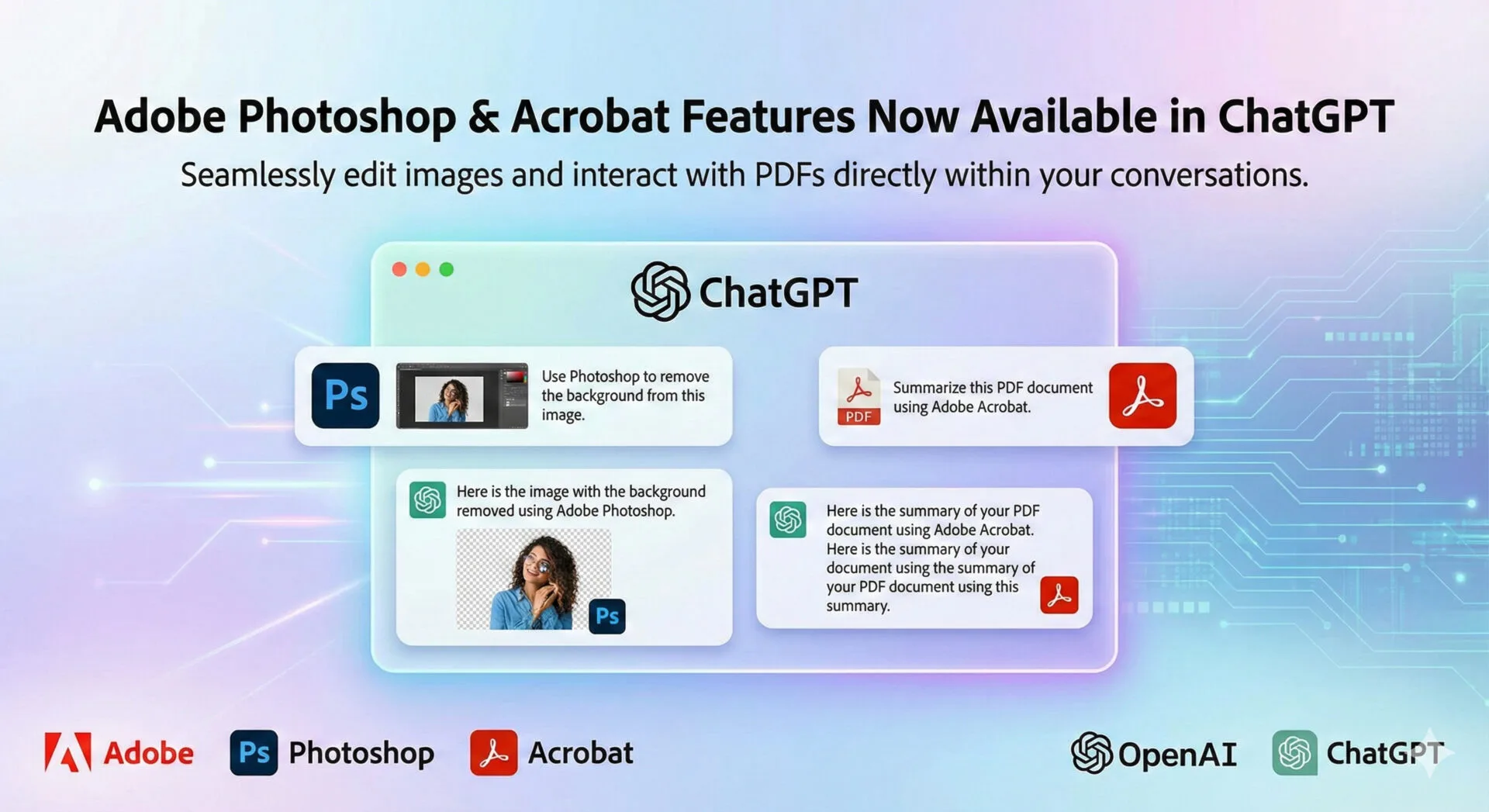AI applications that shape our daily experiences rely heavily on image annotation. Image annotation helps autonomous vehicles spot road hazards and enables doctors to make accurate diagnoses. The technology serves as the bedrock of modern AI innovation.
Image annotation is a vital component in training machine-learning models. It helps them understand and interpret visual information with precision. Many businesses see the potential of AI-powered solutions. However, their success depends on quality-annotated data. Many organizations are now turning to image annotation outsourcing as a practical solution. This approach helps them develop resilient AI applications without building large internal annotation teams.
This detailed article shows how image annotation stimulates AI innovation and business growth. It discusses the key applications of image annotation in various industries and explores solutions to common annotation challenges.
What is Image Annotation?
Image annotation is the backbone of computer vision systems. It provides structured data that machines need to understand visual information. The process involves labeling visual data with identifying markers. These markers help AI systems recognize and categorize objects, behaviors, and environments.
The basics of image annotation start with adding metadata to images through human-guided identification. This careful labeling turns raw visual content into training material that algorithms can learn from. Image annotation creates a bridge between what humans see and what machines can understand.
AI systems need huge amounts of properly labeled data to work. This has propelled the development of specialized image annotation services that focus on preparing high-quality training datasets. These services have trained annotators who tag images based on each AI project’s goals.
Image annotation covers several distinct techniques that serve different purposes in AI development:
- Bounding Box Annotation: Drawing rectangular boxes around objects of interest. It is used mainly for object detection.
- Semantic Segmentation: Pixel-by-pixel classification where each pixel is assigned to a specific class.
- Polygon Annotation: Creating precise outlines around irregular shapes for detailed object recognition.
- Landmark Annotation: Placing dots at specific points to mark key features. This works great for facial recognition.
- 3D Cuboid Annotation: Adding depth perception through three-dimensional bounding boxes
The annotation process follows a well-laid-out workflow. The team sets project requirements first and defines what needs identification in the images. Annotators then apply the right technique to mark relevant elements. Quality checks ensure consistency and accuracy before delivering the annotated datasets for model training.
Read Also: Personalizing Customer Experiences and Driving Engagement with Data Annotation
How Image Annotation Fuels AI Innovation Across Industries?
Image annotation reshapes the scene by turning raw visual data into valuable training material for sophisticated AI applications. AI models can identify objects, understand contexts, and make decisions through careful image labeling. These specialized services are driving breakthroughs in several key sectors.
- Healthcare: Improving Diagnostic Accuracy
Medical professionals use image annotation to achieve better patient outcomes through faster, more precise diagnostics. Annotated datasets of CT scans, MRIs, and microscopic cell images help train AI systems that support critical diagnostic tasks.
CT scans and MRIs are the foundations of detecting serious conditions like brain tumors, blood clotting, and neurological disorders. AI models learn to develop automated diagnosis mechanisms that support healthcare providers through careful image annotation. This proves especially valuable in cancer detection, where annotated images help identify subtle patterns human eyes might miss.
Healthcare image labeling goes beyond tumor identification. It supports kidney stone detection, teeth segmentation, eye cell analysis, and microscopic cell examination at nano levels. Radiologists and researchers use bounding box annotation to mark tumors and abnormalities. This leads to early diagnosis and better treatment planning.
- Autonomous Vehicles: Teaching Cars to “See”
Self-driving technology employs image annotation to interpret roads and traffic. The AI software must recognize countless objects and scenarios to guide vehicles safely.
AI systems need training on annotated datasets that show road signs, cycle lanes, traffic lights, potential hazards, and weather conditions. 3D cuboid annotation techniques allow precise object tracking and collision avoidance in three-dimensional space. This improves the safety and reliability of self-driving systems.
Advanced driver-assistance systems (ADAS) benefit from annotation services in several ways:
- In-cabin behavior monitoring for driver safety
- Steering response navigation for optimal control
- On-road object and dimension detection for obstacle avoidance
- Movement tracking for predicting traffic patterns
- LiDAR sensing for detailed environmental awareness
- Retail: Individual-Specific Customer Experiences
Retailers find image annotation crucial for delivering better shopping experiences. AI models trained on annotated images reshape both online and in-store shopping through virtual inventory management and customer behavior analysis.
Product recognition lies at the heart of retail applications. AI systems learn to identify products, categorize them by size and color, and track inventory levels through careful image labeling. This enables automated inventory management with accurate stock levels and timely replenishment.
Visual search capabilities powered by image annotation let customers find products by uploading images instead of typing descriptions. Customers can find items that match their priorities even when words fail them.
Physical stores use annotated images to train AI that tracks customer movements, analyzes product examination time, and identifies interested object interactions. Retailers use these insights to optimize store layouts, product placements, and personalized recommendations. This creates shopping experiences tailored to individual priorities.
Read Also: AI-Powered Auto Annotation: The Next Milestone in Image Annotation Services
How Image Annotation Services Drive Business Growth?
Image annotation services help businesses grow in many ways beyond just technology. These services turn regular visual data into valuable business assets that optimize processes, create opportunities, and make companies stronger in the market.
I) Optimizing Operations and Reducing Costs
Image annotation services make business operations smoother by automating tasks that once needed significant human work. Retail businesses use properly annotated product images to manage inventory better and cut down on mistakes and costs. Medical professionals can focus more on treating patients because annotated medical images speed up their diagnosis.
Additionally, companies save money when they choose image annotation services. Teams build better machine-learning models with accurate annotations, which makes operations run smoother. These well-trained systems need fewer fixes and corrections. This saves time and money in the long run.
Image labeling services help logistics companies plan routes and run warehouses better. Supply chain bottlenecks become easier to spot with annotated images. This makes tracking and finding inventory simpler. Companies that use these tools need less manual work and end up saving a lot on operating costs.
II) Unlocking New Revenue Streams
Image annotation lets companies make money in ways they couldn’t before. Visual search makes shopping more fun and sells more products. Shoppers just take pictures to find what they want, which makes them happier and more likely to buy.
Retail shows how annotation creates value. Stores tag fashion items with details like color, style, and occasion to predict what shoppers want and suggest items they’ll like. This personal touch leads to more sales and repeat customers.
Companies across different fields are finding new ways to use annotated images. Insurance companies now check claims faster with automatic damage checks. Doctors offer diagnoses from far away. Farmers get tools to watch their crops grow. Image annotation makes all this possible.
III) Building Competitive Advantage
Companies that know how to use image annotation gain an edge in our data-driven market. These services help companies stand out by offering personal experiences and features that others can’t match.
Better customer experience promotes loyalty and keeps customers coming back. Annotated images help find products faster, suggest better items, and make websites easier to use. Happy customers stick around longer.
Getting products to market quickly gives another edge. Companies using image annotation services build and launch their machine-learning models faster than those using manual methods. This helps them adapt quickly to market changes and customer needs.
Smart use of image annotation creates a positive cycle: better data creates better AI models, which makes customers happier and generates more data to improve the models further. Companies that master this process build strong market positions that competitors find hard to match.
Overcoming Challenges in Image Annotation
Image annotation projects face several challenges that need smart solutions. Image annotation keeps evolving, but some obstacles need strategic answers to get the best results.
- Handling Edge Cases and Ambiguous Content
Edge cases create big hurdles in image annotation projects. These rare, atypical examples don’t match normal parameters. Poor lighting, partially hidden objects, or unusual viewpoints can confuse annotators. Such unclear situations often result in inconsistent labeling that hurts model performance.
Clear annotation guidelines help teams handle edge cases better. These guidelines should tell you how to spot edge cases and deal with them consistently. Domain experts can help solve complex annotation problems, though this makes projects more expensive.
- Managing Annotator Consistency Across Large Teams
Dataset inconsistencies pop up when different annotators look at similar images differently. This becomes a bigger problem when you scale up annotation teams for large projects.
Here’s how you can reduce consistency issues:
- Set up multi-tier quality checks with regular audits
- Track how well annotators agree with each other
- Run regular training to make sure everyone is on the same page
- Create feedback systems that help teams improve continuously
Most image annotation companies use experienced annotators to check work before final approval. This ensures large datasets stay consistent.
- Balancing Speed, Cost, and Quality
The biggest problem in image labeling is finding the sweet spot between working fast, keeping costs down, and maintaining accuracy. Quick annotations lead to mistakes, but careful labeling takes more time and money.
Smart workflow optimization offers a solution. Breaking big tasks into smaller chunks and using automation where it fits helps. AI-assisted annotation tools can cut labeling time by half while keeping quality high.
Image labeling services now use a mix of human expertise and machine help. This lets companies use human skills for tricky edge cases while machines handle simpler tasks. The result? A quick pipeline that delivers quality work without slowing things down.
Leverage Image Annotation for Business Success
Image annotation is integral to modern AI development. It helps businesses optimize operations and create innovative solutions. Companies that adopt image annotation create lasting competitive advantages by reducing operational costs, finding new revenue opportunities, and improving customer experiences.
High-quality annotated data shapes AI’s state-of-the-art future. Organizations that recognize this connection and invest in professional image annotation services are pioneering technological advancement. They stand ready to meet evolving market needs with confidence and capability.







Leave a Reply